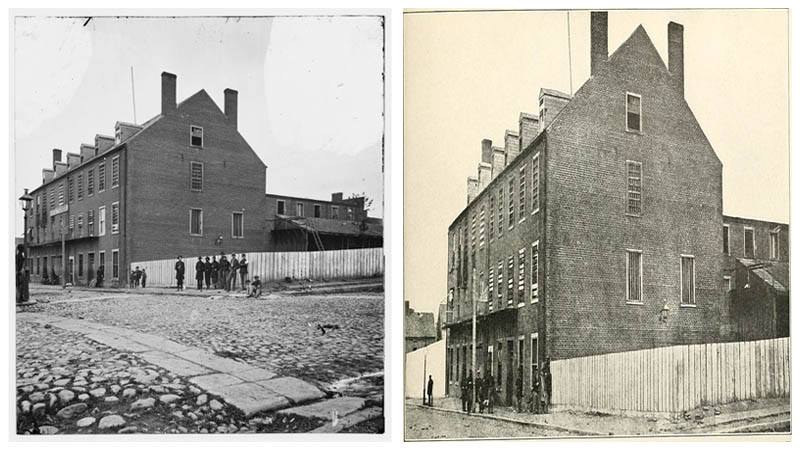Castle Thunder Prison was formed during the American Civil War and was put to use one year after the start of the war, in 1862. Although it was only used until 1865, those three years proved to be enough for it to form a colorful history.
The prison came as an answer to the martial law declared by President of the Confederate States, Jefferson Davis. John H. Winder established the site in August 1862, five months after this law was introduced. The prison complex was comprised of three buildings – two factories and one warehouse – and detained people with charges ranging from dissension to murder. Even being drunk could have got you inside this facility.
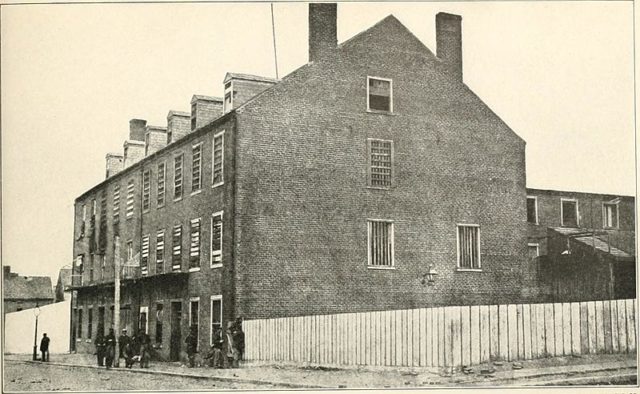
One of these factories, Gleanor’s Factory, had the capacity to hold 650 inmates. The warehouse, on the other hand, had the capacity for only 350 and was where women and African Americans were held. The other factory was where the POWs were locked, as well as deserters.
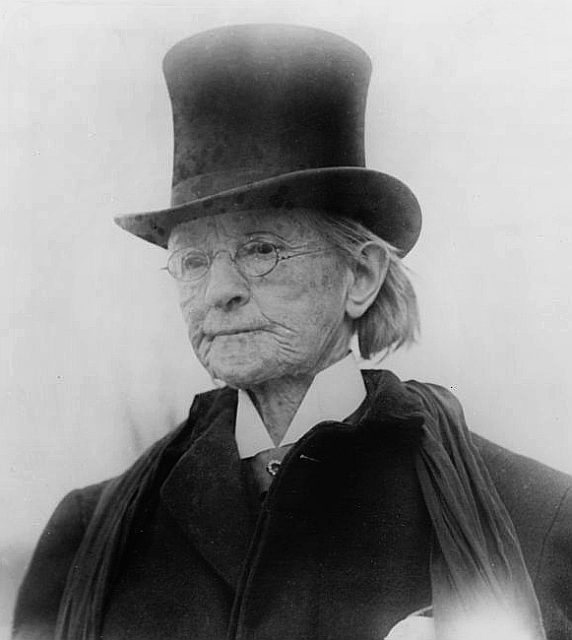
All of the buildings were inside a small yard with a massive wall behind them, where the exercise yard was, and a fence in front. The backyard was also used for the punishment of disobedient prisoners. Penalties often consisted of lashing or execution. As the war progressed, the number of prisoners grew; at one point, the total reached 1,400, around 100 of whom were female.
Civil War surgeon Dr. Mary Edwards Walker was among the prisoners in Castle Thunder, and the most famous male prisoner held at the site was William Jackson Palmer, a celebrated Union officer. Dr. Walker was wearing the guise of a man when she was captured in 1864.
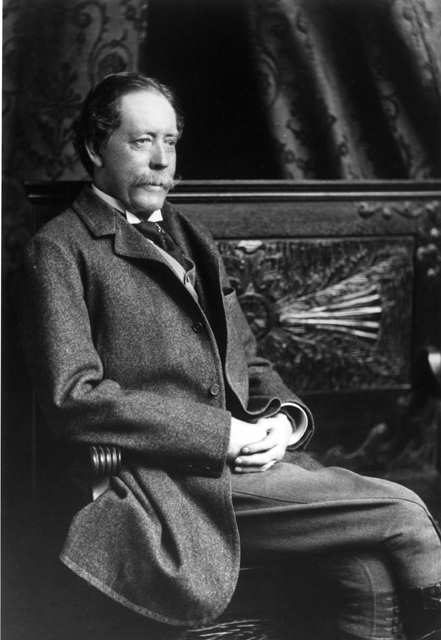
During its short period of existence, the prison managed to acquire an ill reputation, especially during the period when Captain George W. Alexander was in charge. A whole book titled George W. Alexander and Castle Thunder: A Confederate Prison and Its Commandant was published, which perfectly depicts his reign.
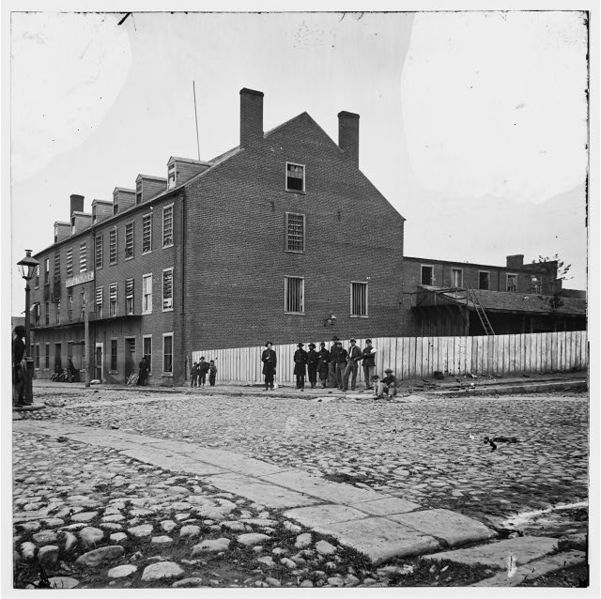
One of his favorite tactics was to change the rules often, making it harder for the inmates to know what was allowed and what was forbidden. This led to more rules being broken and thus more punishments carried out. Those charged with spying and treason received the toughest treatment from the guards. Many of the women held at Castle Thunder were detained simply because they were wives of Union soldiers; more often than not, their children were brought in also.
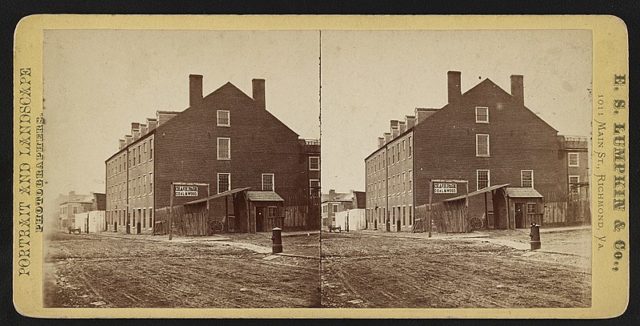
With time, the population of inmates grew to 3,000 even though the site was designed to hold no more than 1,400. With higher numbers came desperate conditions and soon diseases started to appear such as smallpox and dysentery. The greater number of prisoners also made it harder for the guards to keep control over them. Punishments became even more brutal and Nero, Alexander’s massive dog, became a feared authority.
Captain George W. Alexander was in charge of the facility until 1864. That year, he was replaced by Dennis Callahan. In 1865, the Confederates — in fear of losing Richmond — decided to transfer the inmates to Danville. Before leaving, they destroyed the prison records. Once Richmond was taken under Union control, Castle Thunder was used for a brief period to house political prisoners as well as Confederate soldiers.
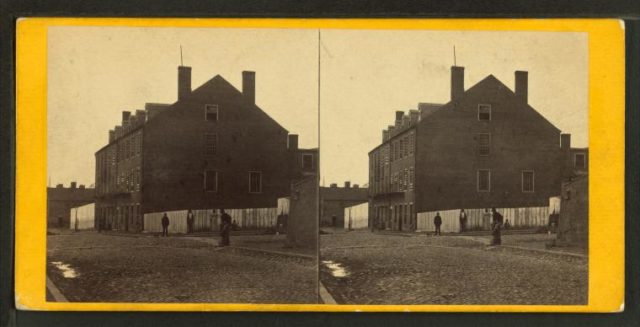
The site was finally shut down in 1865. The buildings were returned to their original owners and managed to survive for years to come. In 1879, the prison caught on fire and all of the buildings, as well as the vestiges of prison brutality, perished completely.
